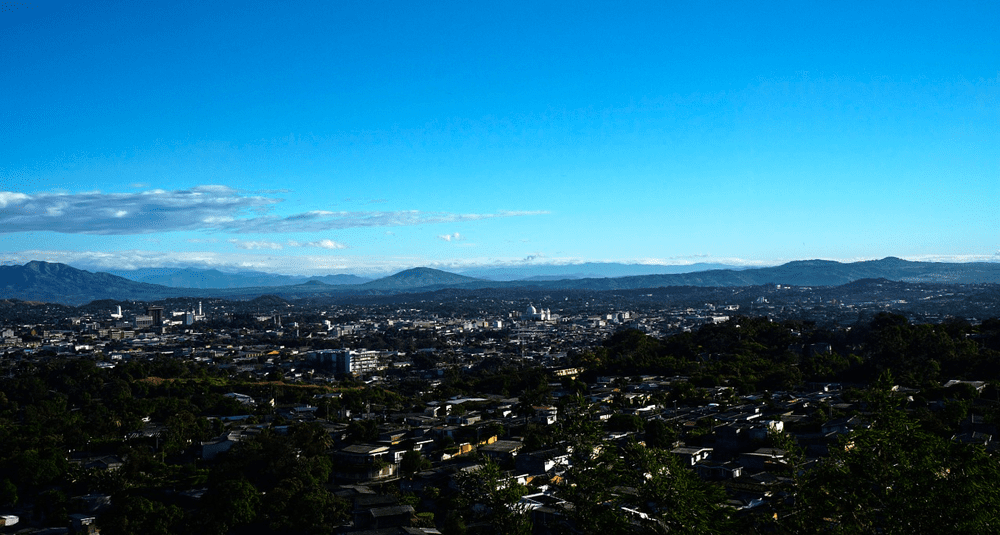What is the capital of El Salvador?
Last Updated:
The capital of El Salvador is San Salvador, the country’s largest city and its main political, economic and cultural center. Located in the eponymous valley at the foot of the San Salvador volcano, the city is the beating heart of this Central American nation.
Founded in 1525 by the Spanish conquistador Diego de Alvarado, San Salvador takes its name from Saint Sauveur, in reference to Christ. From the outset of Spanish colonization, the city became a key administrative center of the Kingdom of Guatemala, which encompassed several Central American countries under Spanish rule.
San Salvador played a fundamental role in the country’s history, notably when El Salvador declared its independence from Spain in 1821, along with the rest of Central America. Since then, the city has remained the country’s political capital, despite several major events that have shaped its development.
As the capital of El Salvador, San Salvador is home to the main government institutions, such as the National Palace, Congress and the Supreme Court. It is also a dynamic economic center, home to the headquarters of major corporations, banks and international organizations. The capital of El Salvador is San Salvador. Located in the heart of the country, it is the political, economic and cultural center of Central America’s smallest state.
Its economy is based mainly on services, trade and industry, with a strong influence from trade with the United States, El Salvador’s main economic partner.
San Salvador has suffered several devastating earthquakes, notably in 1854, 1986 and 2001, which caused extensive damage and necessitated the reconstruction of many buildings.
The city has also been a hotbed of political tension, notably during the Salvadoran Civil War (1979-1992). This difficult period had a profound effect on the country and its capital, with repercussions on social and economic stability.
Despite these challenges, San Salvador retains a rich historical and cultural heritage. Iconic sites include:
- The Metropolitan Cathedral, the final resting place of Archbishop Oscar Romero, the emblematic figure of human rights in El Salvador;
- The National Theatre, an architectural masterpiece dating from the early 20th century;
- Barrios Square, the historic heart of the city;
- The monument to the Divine Saviour of the World, the national symbol of El Salvador.
Today, San Salvador is a metropolis in full transformation. New shopping malls, business districts and modern infrastructures are springing up, improving the quality of life for residents.
However, the city faces major challenges, particularly in terms of security, due to the presence of criminal gangs. The government has put in place measures to reduce violence and improve living conditions in the capital.
San Salvador, the capital of El Salvador, is a city with a rich and eventful past. Marked by history, earthquakes and conflicts, it remains a major political and economic center in Central America. Its heritage, culture and dynamism make it a city not to be missed, despite the challenges it still faces to ensure a more stable and prosperous future.
You may also be interested in
geography

What is the capital of El Salvador?
Answer
The capital of El Salvador is San Salvador. Located in the heart of the country, it is the political, economic and cultural center of Central America's smallest state.